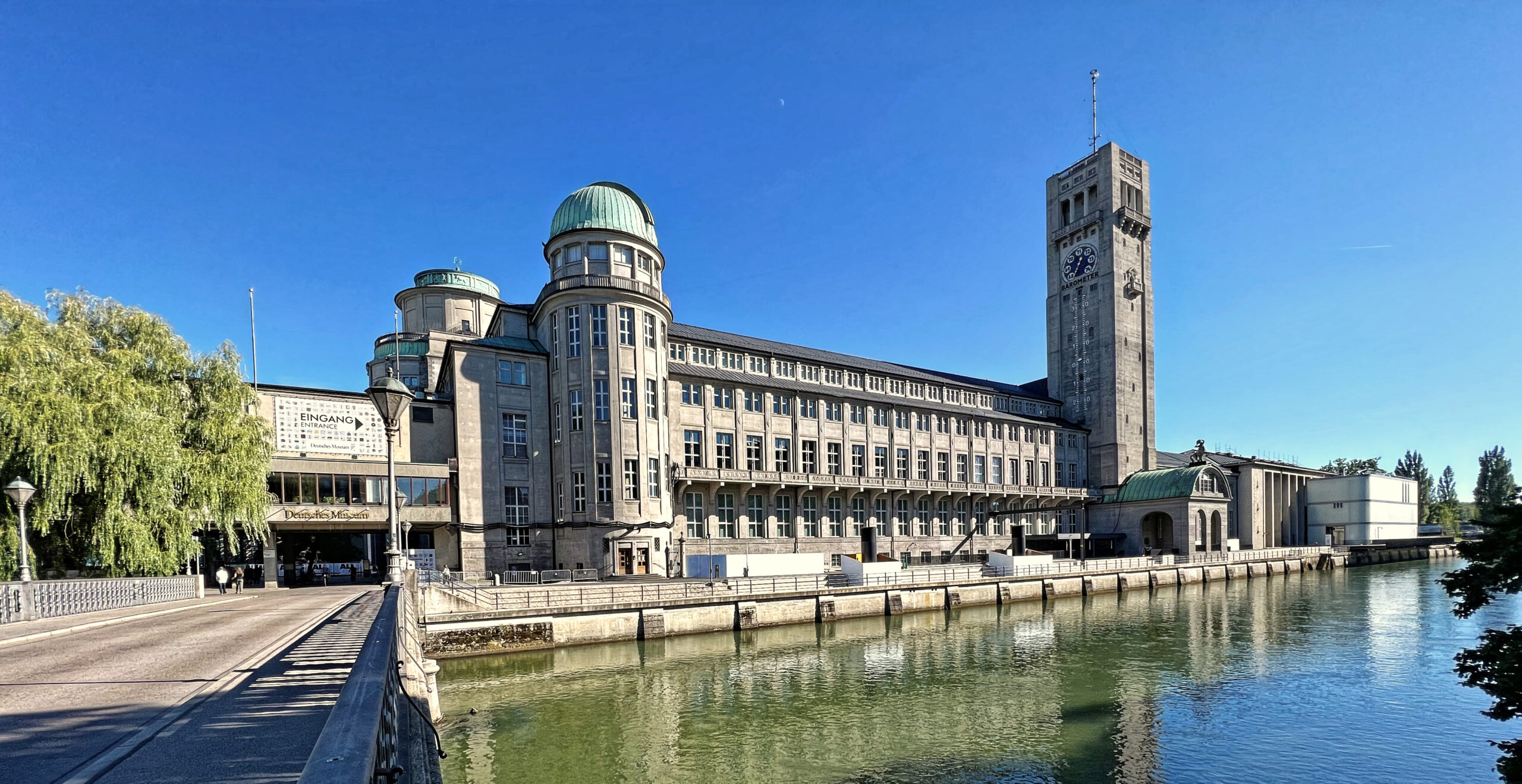The Deutsches Museum, located in Munich, Germany, stands as one of the world’s largest and most comprehensive science and technology museums. Founded in 1903 by Oskar von Miller, the museum has evolved over the decades, expanding its collection to encompass a vast array of exhibits that celebrate the achievements of science, technology, and industry. With its immersive displays, hands-on exhibits, and dedication to education, the Deutsches Museum offers visitors a captivating journey through the realms of innovation and discovery.
The museum’s sprawling complex, situated on an island in the River Isar, invites visitors into a world where science and technology come alive. Its architecture seamlessly combines historical elements with modern structures, providing a fitting backdrop for the exploration of human ingenuity. The original buildings, designed in a neo-Baroque style, stand alongside contemporary additions, creating a harmonious blend of the past and the present.
The Deutsches Museum boasts an extensive collection that spans a multitude of disciplines, including physics, chemistry, astronomy, aerospace, energy, communication, and transportation. Each section is meticulously curated to showcase the evolution of ideas and inventions that have shaped the course of human progress.
One of the highlights of the museum is its transportation exhibit, which features a remarkable array of vehicles, from vintage automobiles and aircraft to steam locomotives. Visitors can marvel at the technological advancements that have revolutionized how we move and explore the world. The exhibit not only presents the history of transportation but also delves into the engineering principles that underpin these marvels.
The Deutsches Museum is renowned for its commitment to interactive learning experiences. Hands-on exhibits and interactive displays invite visitors of all ages to actively engage with scientific concepts. From experimenting with electricity to exploring the principles of fluid dynamics, the museum encourages a participatory approach to learning, fostering curiosity and a deeper understanding of scientific phenomena.
The museum’s aerospace exhibit is a testament to human innovation in conquering the skies and space. Visitors can marvel at historic aircraft, spacecraft models, and artifacts that trace the journey from the earliest days of aviation to the exploration of the cosmos. The aerospace section pays homage to pioneers who dared to dream beyond the confines of Earth’s atmosphere.
The Deutsches Museum’s commitment to showcasing cutting-edge research is evident in its ever-evolving exhibits. The Nanotechnology section, for instance, delves into the microscopic world, exploring the fascinating realm of nanoscale science and its applications in various fields. The museum’s dedication to staying abreast of contemporary advancements ensures that visitors gain insights into the latest developments in science and technology.
Apart from its permanent exhibits, the Deutsches Museum hosts a diverse range of temporary exhibitions, lectures, and workshops. These events not only provide deeper insights into specific scientific topics but also create a dynamic environment that encourages ongoing learning and exploration.
The museum’s Planetarium offers a celestial journey, allowing visitors to explore the wonders of the cosmos in a state-of-the-art immersive setting. From dazzling displays of the night sky to educational presentations on astronomy, the Planetarium adds a celestial dimension to the Deutsches Museum experience.
In conclusion, the Deutsches Museum in Munich is a testament to the human spirit of exploration, innovation, and discovery. Its diverse collection, interactive exhibits, and commitment to education make it a beacon for those eager to unravel the mysteries of science and technology. Whether exploring the history of transportation, marveling at aerospace achievements, or delving into the microscopic world of nanotechnology, visitors to the Deutsches Museum embark on a fascinating journey through the ever-evolving landscape of human ingenuity.

